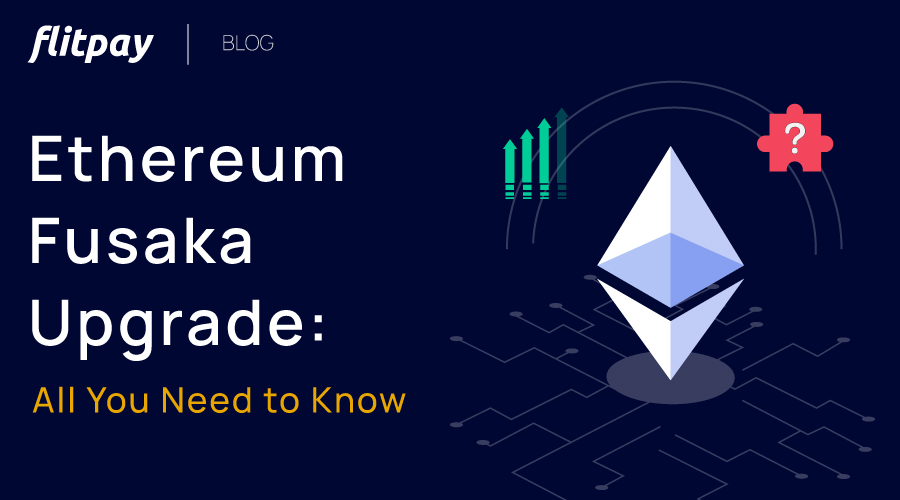One big flex of Cryptocurrencies and their network is that they keep upgrading to eliminate their flaws and stay compatible with the rising traffic and new challenges.
This time Polygon completed its Hard Fork on January 17 to address two significant issues it has been facing lately.
What are these issues?
How will the hard fork solve it?
Is the Hard fork successful?
Do MATIC holders need to take any action?
This blog will let you know all of it.
Firstly, let's quickly go through Hard Forking.
Hard forking means making significant changes in the network protocols to such an extent that its old version will no longer be compatible with the new one. Sometimes this hard fork results in two separate versions (one old and one new), while other times, it only brings an upgrade for the existing version.
Since about 87% of the validators agreed upon the proposal, this Polygon hard fork did not create a new cryptocurrency or token. It only brought an upgrade for the Polygon Nodes to improve the efficiency of the Polygon ecosystem.
About Polygon
Polygon offers a layer-2 scaling solution for Ethereum. It gives users all the good things Ethereum provides but at a better speed and lower fee. With all these virtues, Polygon became very successful as a preferred choice for dApp developers and the crypto community. As a result, many big projects like Uniswap, Aave, Robinhood, Adobe, Reddit, Adidas, Starbucks, NFT, etc., have partnered with Polygon to develop Crypto-centric projects.
However, this rising traffic and development activity on Polygon caused problems like increasing gas fees due to high network congestion. For instance, an NFT game, 'Sunflower Farmers' caused severe congestion in the Polygon network in the previous year, surging the network transaction fee more than 10x. Moreover, Polygon also experiences frequent Reorgs in which its blockchain temporarily splits into two, making it susceptible to cyber attacks.
To address these issues, Polygon brought a hard fork upgrade on January 17 2023.
Objectives of Polygon Hard Fork
Here are two main objectives of the Polygon hard fork-
- Reducing Severe Gas Hikes
- Addressing the problem of Chain reorganization (reorgs), which causes its blockchain networks to split into two parts temporarily.
Let's understand these issues and the approach Polyon Hard fork has used to solve them one by one.
Objective 1#: Reducing Severe Gas Hikes
Approach: Changing the BaseFeeChangeDenominator of the Polygon Network from 8 to 16.
As you know, Polygon charges a gas fee on every transaction to add it to the block. With that reference, there exists a "base fee" in Polygon, which is the minimum fee it charges for including a transaction in its block. Ethereum Improvement Proposal1559 (EIP 1559) is an algorithm that decides this base fee for Polygon. This algorithm works smoothly generally, but the base fee spikes significantly when the Polygon network experiences a sharp, high demand. Though Polygon blockchain can not eliminate these fee surges due to some limitations, it can lower them to some extent.
For this purpose, Polygon changed the base gas fee denominator from 8 to 16. This denominator has an inverse impact on the change in the base gas fee of Polygon at a time of high demand. Hence, doubling it will lower the rate of change for the base gas fee from 12.5% to 6.25%, which will further curb the severe spikes in gas fees. This way, the gas fee does not increase abruptly when the network faces high demand and traffic.
Objective 2#: Addressing the Chain reorganization (Reorg) problem
Approach: By Decreasing the sprint length from 64 to 16 blocks.
A Reorg or splitting of a blockchain (temporary fork) usually occurs if two validators mine a block at similar times. And the number of blocks involved in Reorg before the split recombines into one is called Reorg depth. This Reorg depth depends on the time a block producer produces the blocks.
Hence, Polygon decided to lower this time to reduce the Reorg depth. It plans to do so by decreasing the sprint length of its blockchain. Sprint length is the number of continuous blocks that a single validator creates. Currently, this sprint length is 64 blocks which Polygon will reduce to 16 blocks through this hard fork. Reducing this sprint length will decrease the time a validator produces blocks from 128s to 32s, which may eventually lessen the Reorg depth.
Who needs to prepare for this Hard Fork?
Only Polygon nodes need to upgrade before January 17 for the Hard fork to succeed smoothly.
MATIC holders do not need to take any action for this hard fork.
DApps built on Polygon also do not need to take any action either.
Is the Polygon Hard Fork successful?
The upgrade successfully went live on Tuesday, i.e. January 17, at 10:45 UTC, with the two objectives discussed above.
The End Note
Polygon developers effectively created a hard fork of Polygon that will hopefully provide faster transactions, lesser Reorg, and lower gas fee spikes. We will know the effectiveness of this performance-boosting upgrade in some days when more data about the Polygon chain will be available. If the hard fork meets the expectations, it will strengthen its position as a key platform to build and operate dApps.





